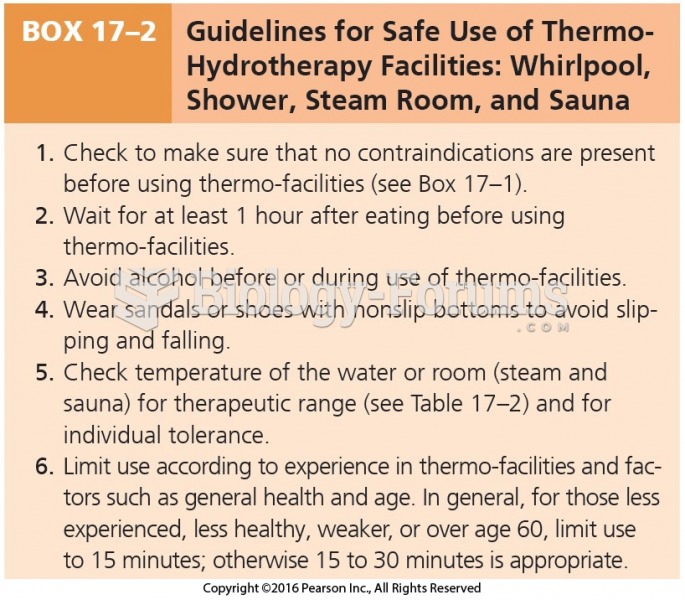Answer to Question 1
Answer: 2
Explanation: The patient is displaying increased anxiety and aggression. Anxiety and agitation tend to escalate when there is an audience, so removing other patients to another area of the unit is a useful intervention. Removing other patients also provides safety for both the patient who is experiencing anxiety and for the other patients in the room. The patient is not displaying symptoms of altered level of consciousness or disorientation, so the primary nursing action is not to reorient the patient. Calling the health care provider for pharmacological intervention would be appropriate only after the nurse fails to achieve the desired outcome using less restrictive independent interventions. Applying physical restraints is a last resort that would not be used as a primary intervention.
Answer to Question 2
Answer: 4
Explanation: The patient in the scenario is displaying escalating anxiety, which may lead to aggression and violence. Interventions for a patient who is displaying anxiety, frustration, anger, and aggression are based on the core principle of therapeutic communication. Pharmacological therapy may be used in the treatment of this patient; however, this is not the core concept of effective intervention for this patient. While prompt decision-making is appropriate for this patient, isolating the patient is not and does not represent the core concept of effective intervention for this patient. While it may be appropriate to assess the patient's perception of his level of anxiety, this does not represent the core concept of effective intervention for this patient.







